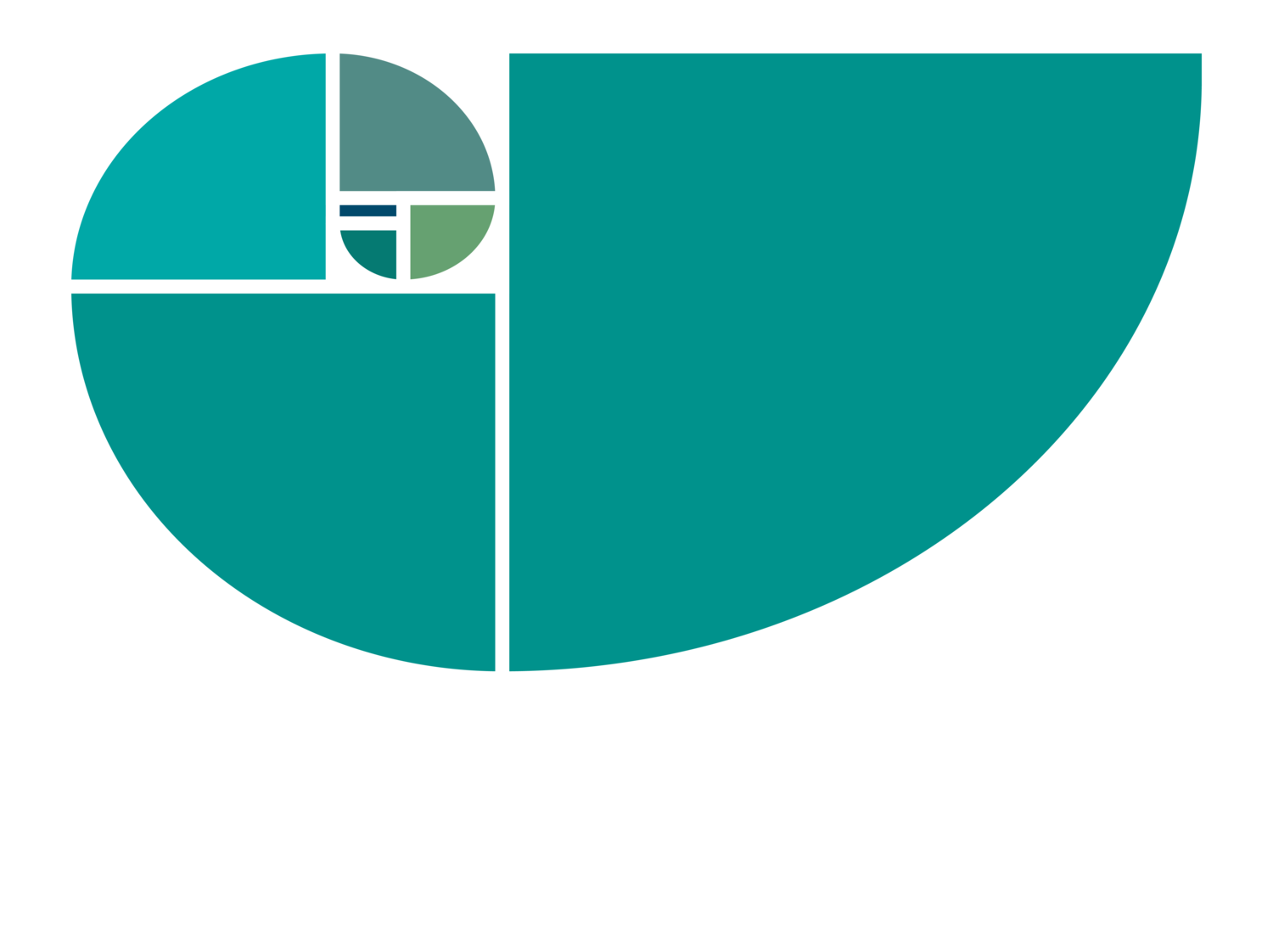Prana. Qi. Élan vital. Throughout human history we have been on a quest to nourish the life force: the energy within that gives us vitality and strength and urges us to create, achieve, connect, and restore.
Life force is not just something to cultivate in the yoga studio or Chinese herbalist’s office, however. It underlies every good effort by conscious leaders.
For example, constructive meetings generate a powerful life force. Things get done. People learn. Differences contribute to smart decisions instead of preventing them. Listening together, collective wisdom emerges.
I’m obviously a fan. I’m also pragmatic.
Poorly designed meetings siphon off energy as they waste time, suppress creative ideas, and deplete morale. We’ve all been there. Critical decisions get delayed. Conflicts get swept under an already lumpy carpet. Innovative ideas are squashed. Or one person drones on with more details than anyone else needs to know, as others hide yawns and surreptitiously check texts under the table.
The direct costs of meetings are estimated to be billions of dollars every year. Then there are the ancillary costs, when high performers stay late to get the “real” work done or are so frustrated they respond to a recruiter’s email about a potential job opening.
The challenge is to use meetings wisely. Well-run meetings become the life blood of any initiative. Over the years I’ve facilitated hundreds of meetings. I’ve found that using these three design principles and best practices increases the effectiveness and vitality of any meeting. Below I explore how to discover the life force that is or isn’t part of your meetings.
Establish Resonance, a Vibrant Connection
Establish a clearly defined meeting purpose and outcomes.
Extend a heart-felt invitation to participate fully.
Bring all the voices into the room with a brief check-in.
Ask for a centering silence to set the conditions for mindful and concentrated effort.
Draw on stories, metaphors, symbolism, and imagery to visualize success together.
Reach Agreements on Process and Content
Align expectations: find out what people expect and make known what you expect.
Reach small agreements on the purpose, outcomes, agenda and timing to reach the larger agreements on meeting content.
Clarify the process(es) for each agenda item: input, feedback, problem-solving, decision-making, and planning.
When dialogue turns contentious, pause, and reflect on how to turn the conflict into collaboration.
Summarize areas of consensus and then focus on solving remaining differences.
Confirm Conscious Closure
Declare satisfactory progress and affirm shared commitments.
Fine-tune agreements and next steps.
Reflect together on the quality and quantity of your meeting results: What worked? What might we do differently next time?
Share learnings for continuous improvement.
Highlight positive contributions and celebrate positive results.
Human behaviors govern meetings, regardless of cutting-edge technology. Design and reinforce best practices for meetings until they become a habit. Together we can do so much more than we can do alone.
When does a meeting work? Here are three ways of judging the success of a meeting:
1. What is the feeling when you leave the meeting? Energized or drained? Discouraged or motivated? Do others look animated, talking about what they learned, or are they making plans for happy hour?
2. What results from the meeting? Did you effectively collaborate to share critical information, generate innovative solutions, solve problems, and make decisions? Did the meeting move important things forward or was the time a total waste?
3. How productive are you after a meeting? Does the team engage in distractions or return to work with renewed focus?
4. What is the spirit of the meeting? Are complaints of frustration overwhelming your mind and causing tension in your body? Or do you and the team leave animated, rippling out a positive confidence across ever-expanding circles of the organization and clients?
Walk through the door into vitally alive and energizing meetings, meetings that enhance your willingness and ability to take action on priorities and to fulfill core commitments. The success or failure of meetings are a point of leverage in any social action, community or organization.
The hallmarks of meetings that generate life force are those that inspire people to work together, transform challenges into learning, and create innovative solutions to seemingly intractable problems. These are the kind of meetings that make it possible for us all to thrive.
Additional Resources
For a fresh look at the number of meetings and the potential costs of those meetings per year https://blog.lucidmeetings.com/blog/fresh-look-number-effectiveness-cost-meetings-in-us

